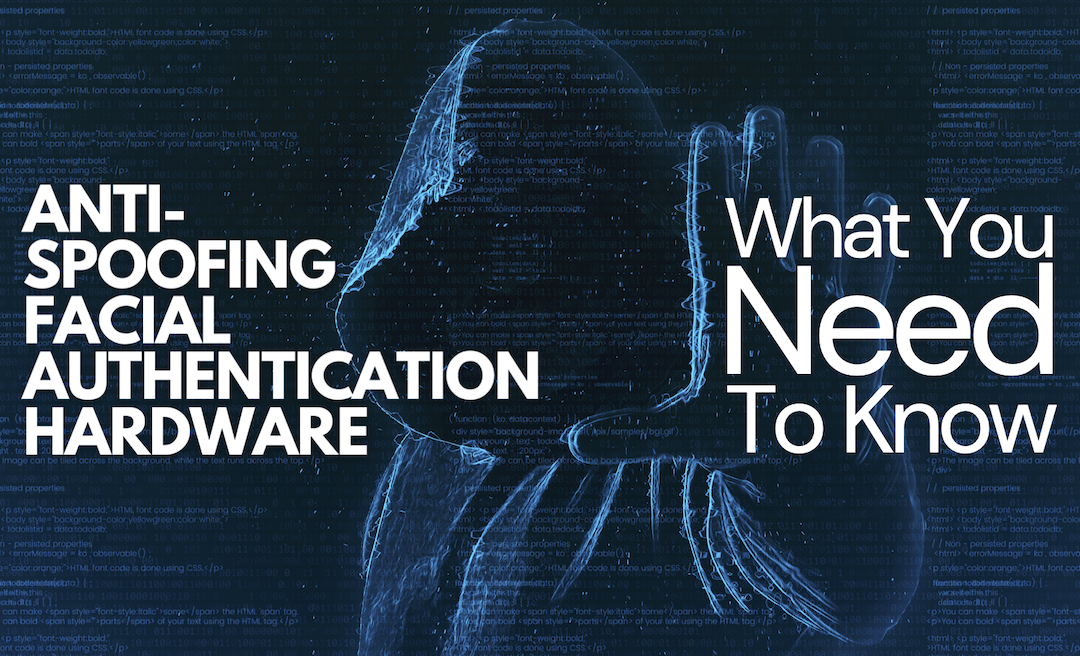In today’s digital world, the unique identification of hardware components plays a vital role in ensuring the proper functioning of various applications and systems. One of the key methods for identifying hardware devices, such as computers, network adapters, or graphics cards, is through a Hardware ID (HWID). This ID is a unique code that links specific devices to software programs, enabling better security and management. However, in some cases, individuals may seek to spoof or mask their HWID for various reasons.
What is a Hardware ID (HWID)?
Before understanding how to spoof a hardware ID, it’s important to know what it is and why it’s used. A Hardware ID (HWID) is a unique identifier tied to a device or hardware component of a computer system. It typically consists of a series of alphanumeric characters or a string generated from various hardware attributes, such as:
- Motherboard serial number
- CPU ID
- MAC address
- Hard drive serial number
- GPU ID
These identifiers are stored and retrieved by the operating system or specific software, helping in hardware validation, licensing checks, and even anti-piracy measures.
For example, when you purchase a software license for an application, the software might bind that license to your specific machine’s hardware. If you try to install it on a different machine, the software can detect the change in the HWID and restrict access to the product, ensuring that only the machine with the original hardware ID is authorized to use it.
Why Would Someone Want to Spoof Their Hardware ID?
There are several reasons why people might choose to spoof their hardware ID, including:
- Bypassing Software Restrictions: Some software applications, particularly games or subscription-based software, use HWID locks as a form of copy protection. If a user encounters a hardware failure or wishes to transfer the software to another computer, spoofing the HWID can allow them to bypass these restrictions and continue using the software.
- Avoiding Bans in Online Games: Online games often use HWID bans as a form of punishment for players who violate their terms of service, such as cheating. Players who are banned may spoof their HWID to evade detection and return to the game.
- Testing and Debugging: Developers might spoof hardware IDs in test environments to simulate different user conditions or configurations without needing to physically alter hardware components.
- Privacy Concerns: Some users, particularly those concerned about privacy, may want to spoof their hardware ID to prevent websites or applications from tracking their machine.
- Reinstalling Software on New Hardware: For users who upgrade or replace components of their computers, spoofing their old HWID may allow them to continue using licensed software without running into licensing issues.
Methods of Spoofing Hardware IDs
Spoofing a hardware ID is not always an easy task. Depending on the method used and the level of protection implemented by the software or service, there are various approaches to spoofing. Below are the most common methods.
1. Software-Based HWID Spoofing
One of the most accessible methods of spoofing hardware IDs is through the use of third-party software designed specifically for this purpose. These tools work by either modifying the registry or using virtual hardware identifiers to mask the real hardware ID. Common tools include:
- HWID Spoofers: These tools allow users to change their system’s hardware identifiers without physically altering any hardware. They often target specific hardware components, such as the hard drive or motherboard, to change their reported identifiers.
- System Modifiers: Some advanced tools allow users to modify or mask multiple hardware components in one go.
These software solutions work by creating a virtualized or cloned set of hardware IDs that the system or application detects, making it believe it is interacting with a different machine or configuration.
2. Manual Hardware ID Spoofing
For more advanced users, manual spoofing is another method. This typically involves editing system files, changing the registry entries, or using command-line tools to alter the identifiers associated with a device. Some hardware IDs can be modified through the Windows Registry Editor or by editing certain system configuration files, although this process requires an in-depth understanding of the operating system and the hardware involved.
- Editing the Registry: This involves accessing the Windows Registry Editor and changing values that are linked to specific hardware components, such as the CPU or motherboard.
- Changing Driver Information: Some users may change the driver or firmware of a hardware component, forcing it to report a different ID.
- Virtual Machines (VMs): Using a virtual machine to simulate a different system configuration can also be considered a form of spoofing, though it’s generally used for software testing and not for evading software restrictions.
3. Hardware Modification
In more extreme cases, users may physically modify their hardware to change the identifiers. For example, one might change the MAC address on a network interface card (NIC) or use a different hard drive with a new serial number. While this is a drastic measure, it can sometimes be the only way to completely change a hardware ID that is tied to specific physical components.
This approach is, however, much more complicated and risky compared to software-based spoofing. It could void warranties or damage the hardware if done incorrectly.
Risks of Spoofing Hardware IDs
While spoofing a hardware ID can offer benefits in certain situations, there are significant risks involved. Some of the key risks are as follows:
1. Violation of Terms of Service
Spoofing your hardware ID to bypass software restrictions or evade bans may violate the terms of service (TOS) of the software or game in question. This can result in permanent bans, legal consequences, or other penalties.
2. Security Risks
Using third-party spoofing software can expose your system to security risks, such as malware, viruses, or other malicious programs. Some spoofing tools are known to be bundled with harmful software, leading to data loss, identity theft, or system corruption.
3. Compatibility Issues
Spoofing can sometimes cause compatibility problems with other software or hardware components. If the operating system or applications cannot recognize the spoofed ID, they may fail to run or function improperly.
4. Legal Concerns
In certain jurisdictions, spoofing hardware IDs to bypass restrictions, especially for piracy or unauthorized access to paid software, may have legal consequences. Always ensure that any actions taken with spoofing are within the bounds of the law.
5. Software Instability
Some software applications may experience instability or malfunctions if they detect that the hardware ID has been spoofed. This can lead to crashes, data corruption, or errors in application functionality.
How to Avoid Risks When Spoofing HWIDs
If you decide to spoof your hardware ID, here are a few best practices to mitigate potential risks:
- Use Trusted Tools: Only use well-known and trusted software (ex. https://safestcheats.com/) when attempting to spoof your HWID. Always read reviews and check for any red flags.
- Back-Up Your Data: Before making any changes to your system, back up your important data to prevent loss in case something goes wrong.
- Research Legal Implications: Always check the terms and conditions of the software or service you are trying to bypass to ensure you’re not violating any laws.
- Keep Your System Secure: Use antivirus software and a firewall to protect your system from potential threats when downloading and using spoofing tools.
Conclusion
Spoofing a hardware ID can serve various legitimate purposes, from bypassing restrictions to protecting privacy or testing software configurations. However, it comes with significant risks, including legal, security, and compatibility issues. Understanding the methods available and the potential downsides is crucial before attempting to spoof your hardware ID.
Always consider alternatives, such as contacting software vendors for license transfers or looking for solutions that do not involve violating terms of service. By doing so, you can ensure that you are not only protecting your digital assets but also complying with the law and maintaining the integrity of your system.
Stay in touch to get more news & updates on Forbe Szine!




